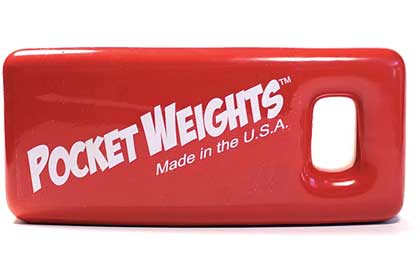Though divers often dream of coral reefs, colorful fish, and warm tropical waters, California’s temperate and nutrient rich seas offer a different treat. Some of California’s most stunning diving takes place amid our signature kelp forests. Here, underwater photographers have a unique opportunity to capture beautiful “sunburst” images. Nothing can match the majesty of light cascading through a healthy kelp forest. With some practice, underwater photographers can capture beautiful kelp-sunburst images.
Kelp-sunburst shots work best where giant kelp stalks stretch to the surface. Usually, underwater photographers try this shot when the sun is out, but the “hazy” lighting cast by a foggy sky can also result in an impressive image. Try kelp-sunburst shots in shallow water, with depths ranging from 15-35 feet. Don’t be discouraged by what might be perceived as “murky” water. Some of the best kelp-sunburst shots have the glowing green effect found during spring conditions.
Once you find yourself in a healthy kelp forest, you are ready to start trying for a great kelp-sunburst image. Settle down on the bottom and take a look at the canopy. I like a spot that displays the latticework lighting caused by sunlight breaking up as it passes through the kelp. Then, position yourself so that you are facing into the sun.
For a kelp-sunburst shot, the first thing underwater photographers can do is to remember the basic rule of underwater photography: Shoot Up. Lie on the bottom with your camera angled slightly towards the surface. Wait for surge to move the kelp until you like the light pattern displayed and then try a few shots. Shooting towards the surface provides balanced lighting for your image, and the contrast between the dark strands of kelp and the light from the surface creates that “sunburst” effect.
To take a better kelp-sunburst image, you should also turn off the strobes. Though the use of one or two strobes helps illuminate a subject under some conditions, the strobes will not generate enough light to overpower the sun. Instead, the strobes (or a flash) will only illuminate fish, strands of kelp, or tiny particles in the foreground, cluttering the image. Without the artificial light from the camera, the fish, kelp, and even particles in the water will simply melt into the darker portions of your image.
Finally, the camera — if you shoot with a digital SLR, then a wide-angle lens is a no brainer: the wider, the better. If you shoot with a digital point-and-shoot, use the widest zoom setting available or use a supplemental wide-angle lens. If you can control the aperture (digital SLR and some point-and-shoot’s), try shooting at a low f-stop number, allowing light to enter the lens. For digital SLR users, shutter speed can be a bit slower. As an example, with strobes and a close subject, I typically shoot at 1/200 or 1/250 of a second. Without strobes and shooting into a nice kelp-sunburst, I typically shoot at between 1/80 and 1/125 of a second. Point-and-shoot users have less control over shutter speed, so experiment with the various modes available on your camera. If your camera has a “night” mode that still leaves the flash off, that might help you achieve the desired shot.
While diving in California, an underwater photographer has the chance to bring home spectacular shots of kelp forests. The tips provided are not guarantees, but they may help you capture some of those breathtaking kelp-sunburst images that draw the attention of divers and non-divers alike.









